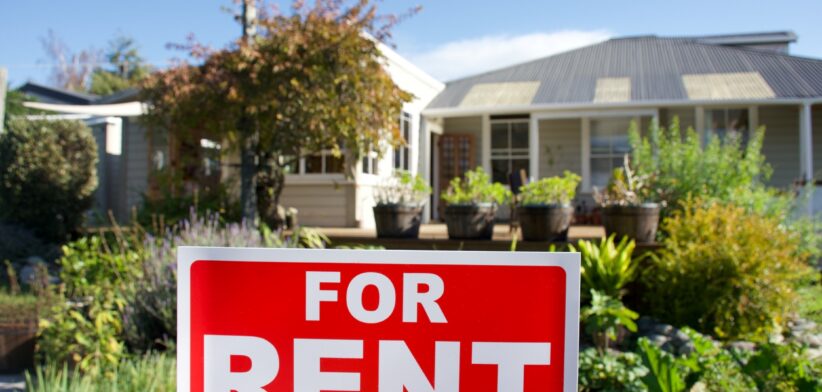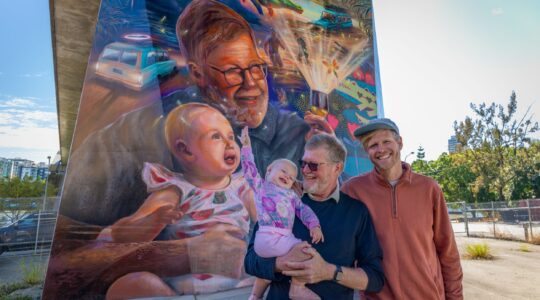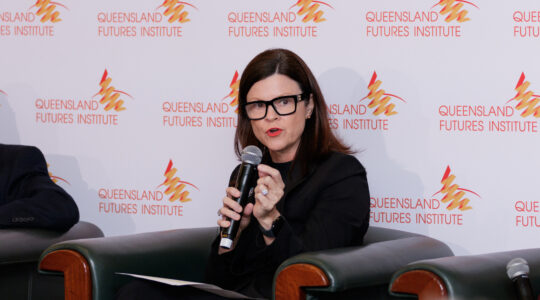The fastest rising rents in the country and booming population growth underline the rental crisis in Queensland, according to a new report.
The Breaking Ground Report, released today by the Queensland Council of Social Service (QCOSS), found that in the four years following the COVID pandemic, median advertised rents in Brisbane spiked by 49 percent, compared to 42 percent for the other capital cities collectively.
QCOSS CEO Aimee McVeigh said the report showed that during that time the state’s population grew by more than 6.5 percent, compared to 4.7 percent for Australia as a whole.
Ms McVeigh said despite the State Government’s housing plans to create 53,500 social housing units by 2046, Queensland renters remained at the “brutal edge” of the national housing crisis.
She said the report found that while implementation of the Homes for Queenslanders Plan would break ground on the housing crisis over time, neither major party had a plan to meet the needs of renters.
“It is now imperative for the Opposition to commit to the same social housing targets as the State Government and to increasing funding for specialist homelessness services.
“Otherwise, a change in government could significantly jeopardise an opportunity to deal with Queensland’s housing crisis,” she said.
The report estimates about 150,000 households in Queensland continue to be unable to access affordable housing, with vulnerable families stuck in crisis motel rooms.
“Outside of Brisbane, low-income families living in regional locations like Gladstone, Mackay, and Rockhampton are particularly vulnerable, with pandemic price rises coming on top of pre-existing rental stress,” Ms McVeigh said.
“Renters living in regional Queensland are battling a brutal private rental market, with the proportion of private rentals affordable to low-income households falling over 20 percent from 36 percent in 2017 to 14 percent in 2024, and state wide only 10 percent of private rentals are affordable to low-income households.”
She said the report confirmed that, despite a housing plan announced by the State Government in February, renters across Queensland have been overlooked and many were on the brink of homelessness.
“To make a real difference for renters, both the Queensland Government and State Opposition need to commit to putting a cap on the cost of renting and end unfair evictions.”
Read the full report.








